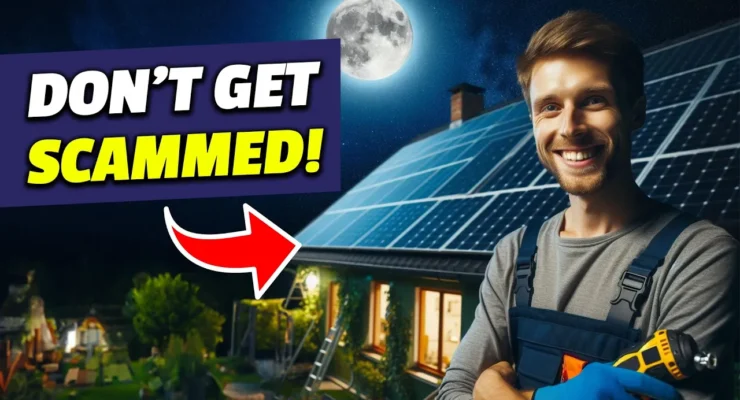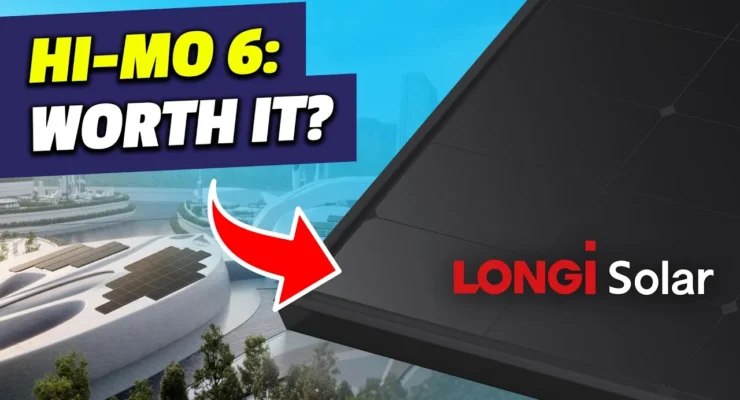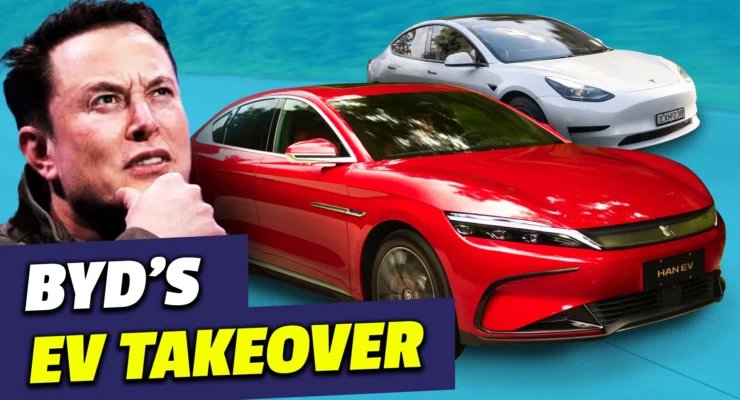
Fast read
Interviewing Daman Cole from Eureka we investigated how Australia is responding to the rapid growth of the renewable energy and EVs.
We learnt that the Australian grid must become more flexible to adapt as currently, it is not prepared for the significant influx of electric vehicles.
Also, Australia’s move away from local manufacturing has left us exposed and increased our dependence on countries like China and india , who are becoming manufacturing powerhouses.
Solar and energy products change today very fast, but it’s quite difficult to guess the future
To clarify this crystal ball, I spoke to Daman Cole from Eureka.
Markus Lambert: If you would describe the solar industry in Australia in a short paragraph, where are we in the solar industry today?
Daman Cole: We’re at the pivot point of being able to create energy as a service. Energy is no longer a series of products that we supply and install and stick on buildings. It’s about what those products do.
People are starting to understand the relationship between what they are installing. So if they want more dispatchable power, I look at storage. If they want better performance, they’ll look to operations and maintenance. In regards to the growing interest in electric vehicles, we’re now going to see a totally different layer of servicing that sits behind what energy means for us.
What are we to expect with the increase of electric vehicles in Australia?
Markus Lambert: So, is the Australian grid ready for the electric vehicle (EV)?
Daman Cole: No.
Markus Lambert: Right. Is that a problem?
Daman Cole: It’s an opportunity.
So the grid was designed in 1953. The critical problem with the grid is it was designed to generate at one point and feed to the other point. We’re now realising there’s a two-way relationship. So there is plenty of opportunity. Most of the current network operators may not see it as an opportunity, but there are certainly some opportunities there.
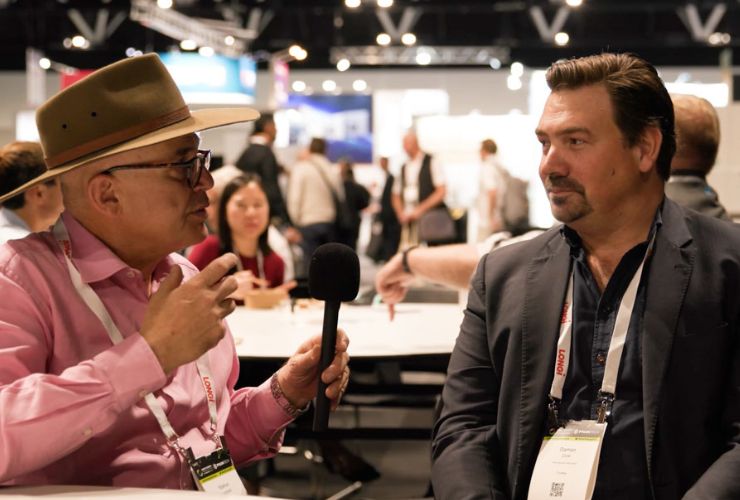
Markus Lambert: It shouldn’t come as a surprise. There’s more and more solar coming. It’s generating a lot in the middle of the day. So why are these poles and wire operators surprised?
Daman Cole: I think they were likely naive and poorly estimated the potential growth for solar. Nobody expected it to grow as strong and rapidly as it has. In fact, most of the modelling has been seriously underweight. Now they’re caught effectively with their pants down.
Markus Lambert: Electric cars are coming like a juggernaut. The grid is not ready, but what opportunity do you see?
Daman Cole: The grid will adapt. It’ll just be an understanding of how to adapt to a very strict, regulated environment. The reality is the industry is moving faster than any regulated environment can catch up. So the opportunities there, I don’t think we’re at a death spiral as some may dramatize. There are plenty of prospects and opportunities for improvement, and thankfully we’re not seeing that having a negative impact on the market yet.
Is the Federal Government embracing this opportunity?
Markus Lambert: But what about the Australian Government? Are they seeing that opportunity? Are they embracing and growing that opportunity?
Daman Cole: I think the (previous Liberal) Australian Government fully understands what they’re doing and has devised a strategy called FFS (Future Fuels and Vehicles Strategy). It’s probably the most articulate thing they could acronym because they really have FFS as an idea as to what this incumbent of energy vehicles is going to mean to us as a country or how it will grid.
The government policy is lacklustre. It always has been. The market always innovates faster than regulators do. So let’s see what happens. I think whilst some of the problems have come from an unrealized scaling of our sector, the market will also solve that problem and hopefully in cooperation with regulators.
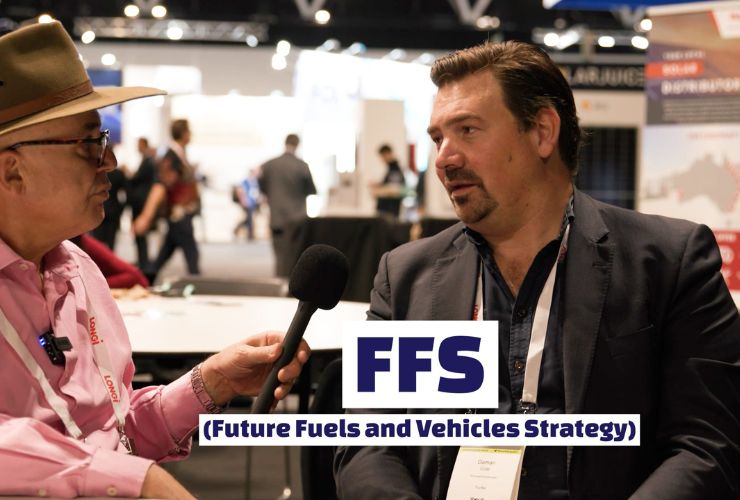
Markus Lambert: I just walked around, and I asked where most of the renewable equipment was manufactured and there was one country winning out by a country mile, which was most of it was made in China. If the renewable industry gets such a huge uptake, doesn’t that also mean from the influence of China over the world that that’s going to be a huge advantage for them going forward?
Daman Cole: Absolutely. But they decided as governments to do this in the midst that we decided to shut down car manufacturing and manufacturing in Australia. So they’ve taken a presence on the global stage to lead this. I think they’re quite right to lead this. The fact that most of the product is going to come out of China or Southeast Asia, it’s part of their longer-term strategy.
We seem to have a short-term strategy that doesn’t believe in keeping that skill local. First-world countries have decided to leverage the second and third-world countries to leverage this position. So if that’s what they’ve chosen, that’s the outcome of those decisions.
I’m not so negative about it. I think there’s plenty of potential; there’s plenty of upside. We just have to manage our relationships with those foreign countries, which at the moment, I don’t think we’re doing very well.
Markus Lambert: Okay, great. Thank you.
Daman Cole: Pleasure.
So, What have we learnt from this?
Markus Lambert: What I took from this conversation was that our grid from a dispensable central model has to change to a more flexible model. Also, the grid is actually not ready for electric cars. There’s very little industry and government leadership on that front. Thirdly, the decision in the past to go away from local manufacturing and importing pretty much everything is now biting us in the bum.
Want more energy answers? Visit yourenergyanswers.com for quality energy products, tools and calculators and find your local installer.
